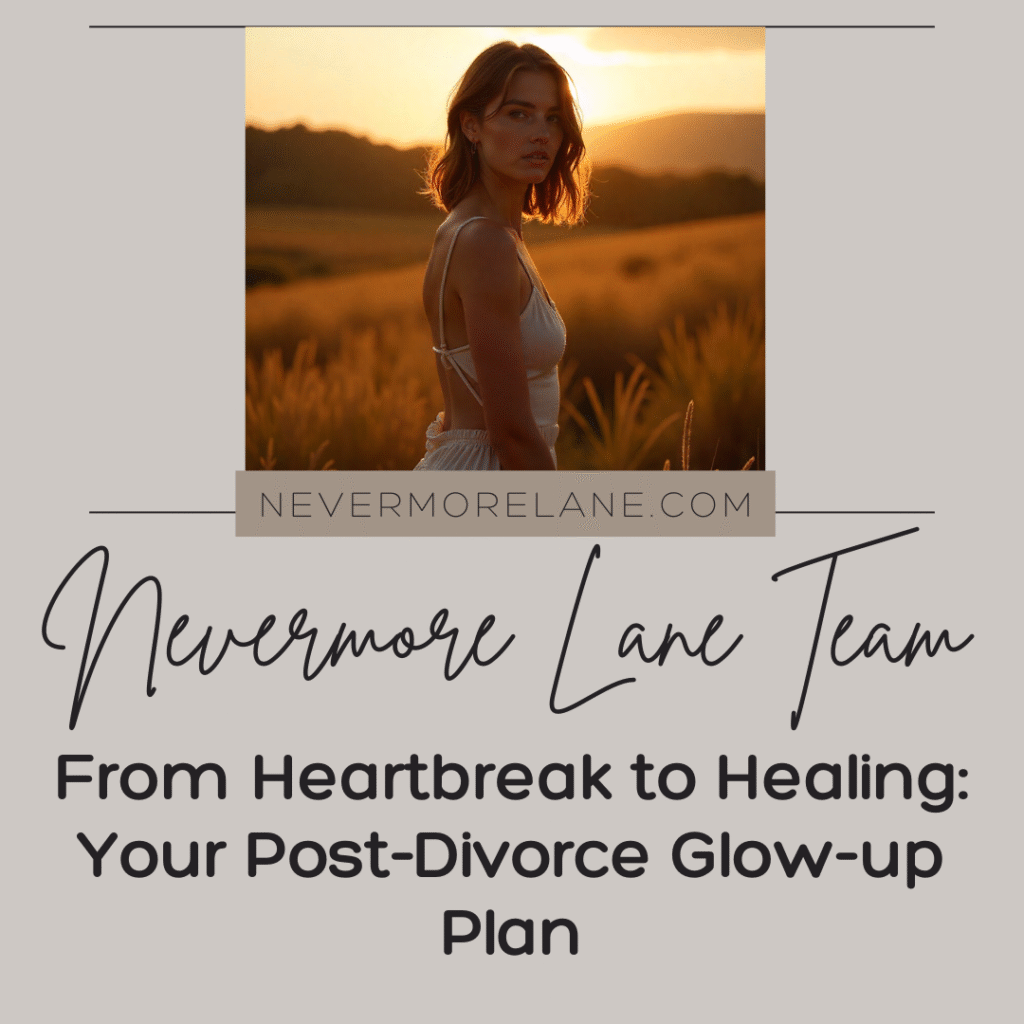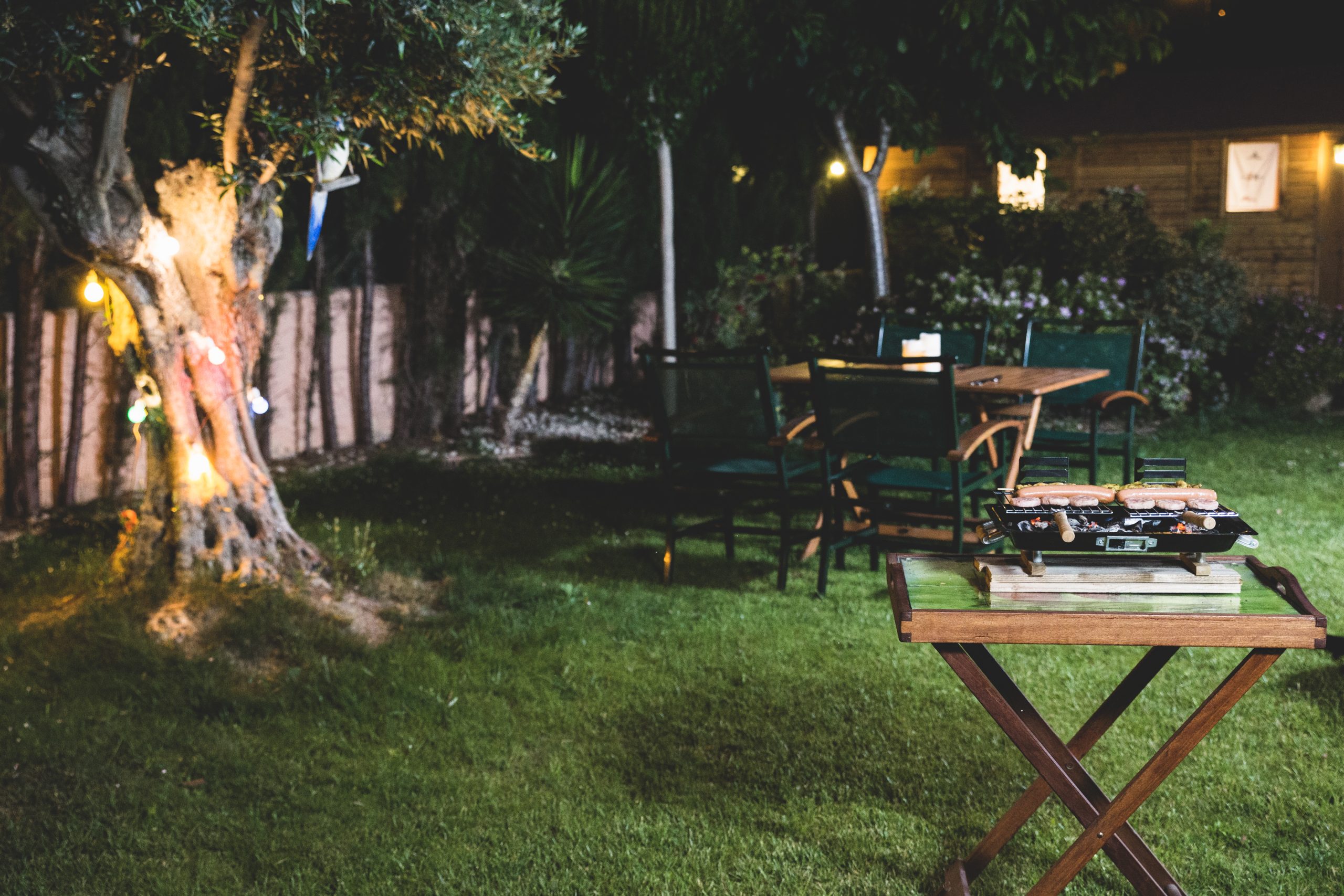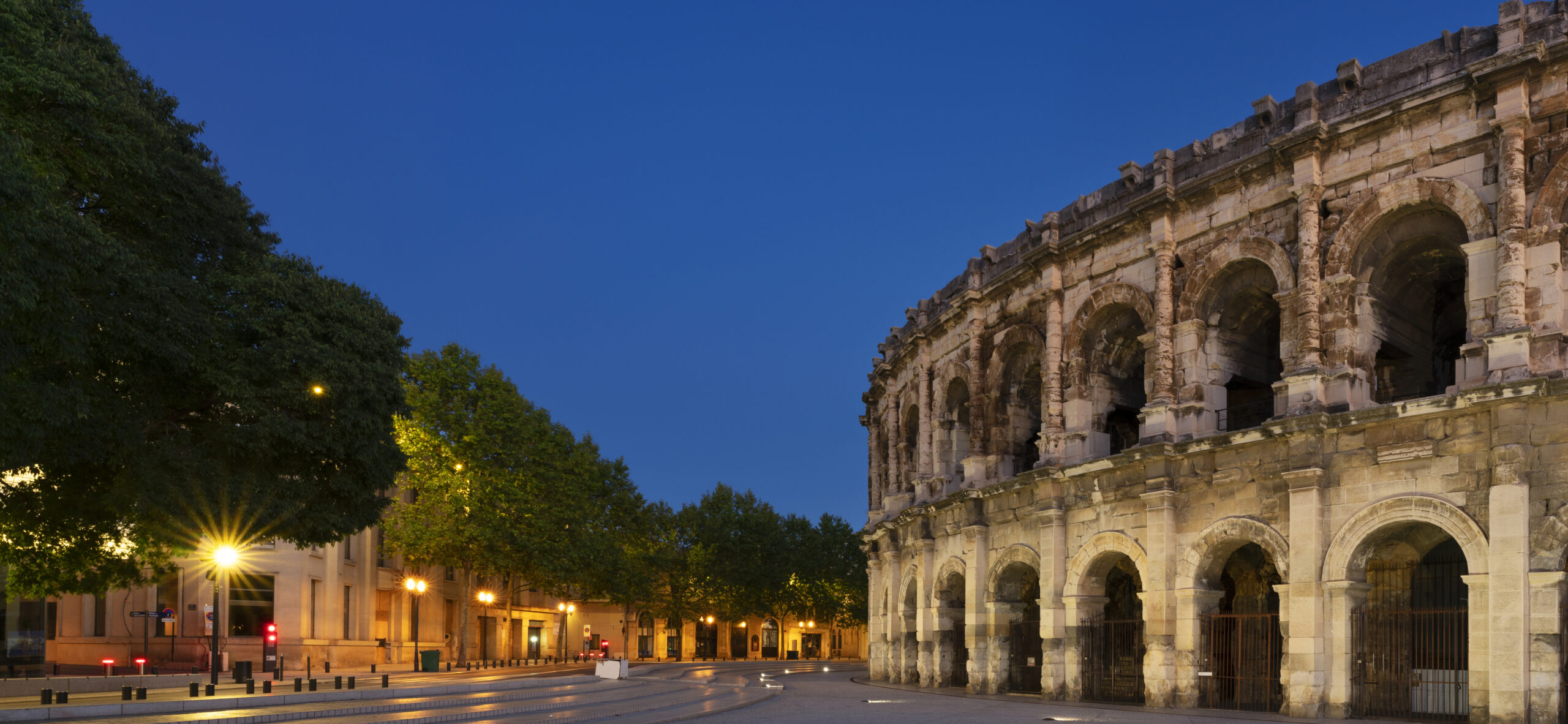From Heartbreak to Healing: Your Post-Divorce Glow-up Plan
Divorce has a way of dimming even the most sparkling and outgoing personality. Between the endless paperwork, emotional exhaustion, and long conversations with your divorce solicitors, it’s easy to lose sight of who you are outside of the relationship. The person reflected in the mirror looks like a stranger wearing a familiar face, someone who survived the devastation yet feels uncertain about who they’re becoming in the aftermath. Divorce doesn’t just end marriages. It dismantles identities built around partnership, shatters assumptions about the future, and leaves people wandering through routines that no longer make sense without the other half who defined so much of daily existence. The heartbreak extends beyond romantic loss into grief for the life imagined, the shared history now reframed, and the terrifying freedom of rewriting everything alone after years of collaborative decision-making.
The glow-up concept often gets reduced to superficial makeovers and revenge transformations designed to make ex-partners regret their choices. This shallow interpretation misses the profound opportunity that post-divorce rebuilding offers for genuine self-discovery and intentional life redesign. Real glow-ups happen internally first, through healing wounds, reclaiming abandoned dreams, rebuilding self-worth independent of relationship status, and creating lives so fulfilling that the past relationship eventually becomes just one chapter rather than the defining story. The external changes that people associate with glow-ups naturally follow as internal transformation manifests through renewed energy, rediscovered passions, and confidence that radiates authentically rather than performing for anyone’s approval.
But why not think of this new chapter as a chance to reinvent yourself? Moving from heartbreak to healing requires a plan that addresses emotional recovery alongside practical life rebuilding. This journey encompasses grief processing, identity reclamation, financial reorganization, social circle reconstruction, and gradual rediscovery of desires buried under years of compromise. Understanding how to navigate this transformation intentionally rather than stumbling through it creates sustainable growth that honors both the pain of what ended and the possibility of what’s beginning. Here are some easy practical steps to help you reclaim your identity, rebuild your strength, and rediscover that unique spark that makes you feel like you again.
Home and Hobbies: Reconnect With What Makes You Feel Alive
After years of close partnership, your personal identities will have blurred together. No it’s time to reclaim your individuality. Revisit passions you may have shelved over the years, or find new hobbies to get your creative side flowing. Bring those paintbrushes down from the attic. Get back to that novel you started writing. Or indulge your passion for hiking or other physical activity. Simply just choosing how to spend your time will reignite your confidence. Your environment can also shape your mindset. Get rid of items tied to the past (your ex-partner’s chair that you never used, for example) and refresh your space with uplifting colours and textures. You might rearrange the bedroom, or add new art. It all signals a new emotional season.
Move, Rest, Restore: Caring for Body and Mind After Divorce
It’s easier to heal emotionally when you care for the physical side. Engage in gentle forms of exercise such as cycling, yoga, or daily walks to release endorphins that ease stress and improve focus. You’re aiming to reconnect with your body, not change it or meet some standard set by an Instagram influencer.
And don’t forget your mental health. Journaling or therapy will give you a judgment-free space to process your anger, grief, and confusion over the separation. Just make small consistent efforts toward movement and mindfulness to make them part of your daily life again.
Purposefully Cultivate New Friendships
You’ll have heard of ‘who gets which friend?’ after a divorce. Your circle and mutual friendships will shift after you separate from your partner. That’s natural. As a start, try expanding your network through interest-based groups. Take a pottery class. Volunteer at a local charity. Or join a book club that meets regularly. It’s easier to make connections when you already have something in common. It’s normal to want to hide away from people during a difficult time but force yourself to say ‘yes’ to all invitations (or as many as you can). You need new faces and fresh conversations to keep your own story unfolding.
Travel and Creative Pursuits: Set Exciting, Achievable Goals
A strong glow-up is all about forward motion. And this requires a bit of planning. Create a list of ten personal goals to structure your next chapter (perhaps with a six month timeline) and build a mood board on Canva to visualise where you’d like to go next. Perhaps you want to visit Paris for a weekend, learn how to knit, or start a creative project. You’ll be surprised how motivating it feels to map out a future that’s yours.
Rediscover Your Spark After Divorce
Post-divorce life is daunting, but think of it as an opportunity to reinvent yourself with intention. By nurturing your health, rebuilding your space, and setting new goals, you’re healing and pulling yourself out of survival mode and into self-celebration.
Build the Life You Actually Want
Post-divorce glow-ups succeed through balanced attention to emotional healing and practical rebuilding. Therapy or support groups process grief and relationship patterns. Physical activity releases stress while rebuilding body confidence. New hobbies reconnect with abandoned interests or explore curiosities previously dismissed. Financial independence is established through budgeting, career development, and solo decision-making. Social connections expand beyond couple friends into authentic chosen family.
The timeline refuses to be rushed despite pressure to “move on” quickly. Early months focus on survival and stabilization. Middle phases tackle deeper healing and identity work. Later stages embrace experimentation and growth. Setbacks happen without erasing progress. Hard days arrive unexpectedly long after assuming healing is finished. The process spirals rather than progresses linearly.
True glow-ups mean becoming the person who no longer needs external validation to feel whole. The life built post-divorce reflects authentic desires rather than compromised half-versions. The confidence emerges from surviving what felt unsurvivable and discovering strength that partnership sometimes obscures. Heartbreak transforms into healing not through forgetting the pain but through growing beyond it into someone who chose themselves fiercely when staying small felt safer. Sometimes the most beautiful transformations happen in the space where everything fell apart.






